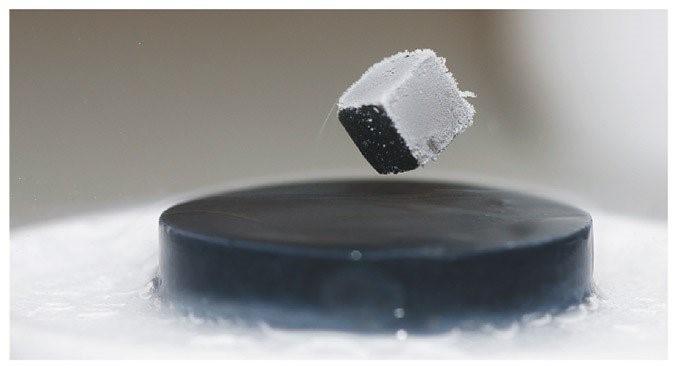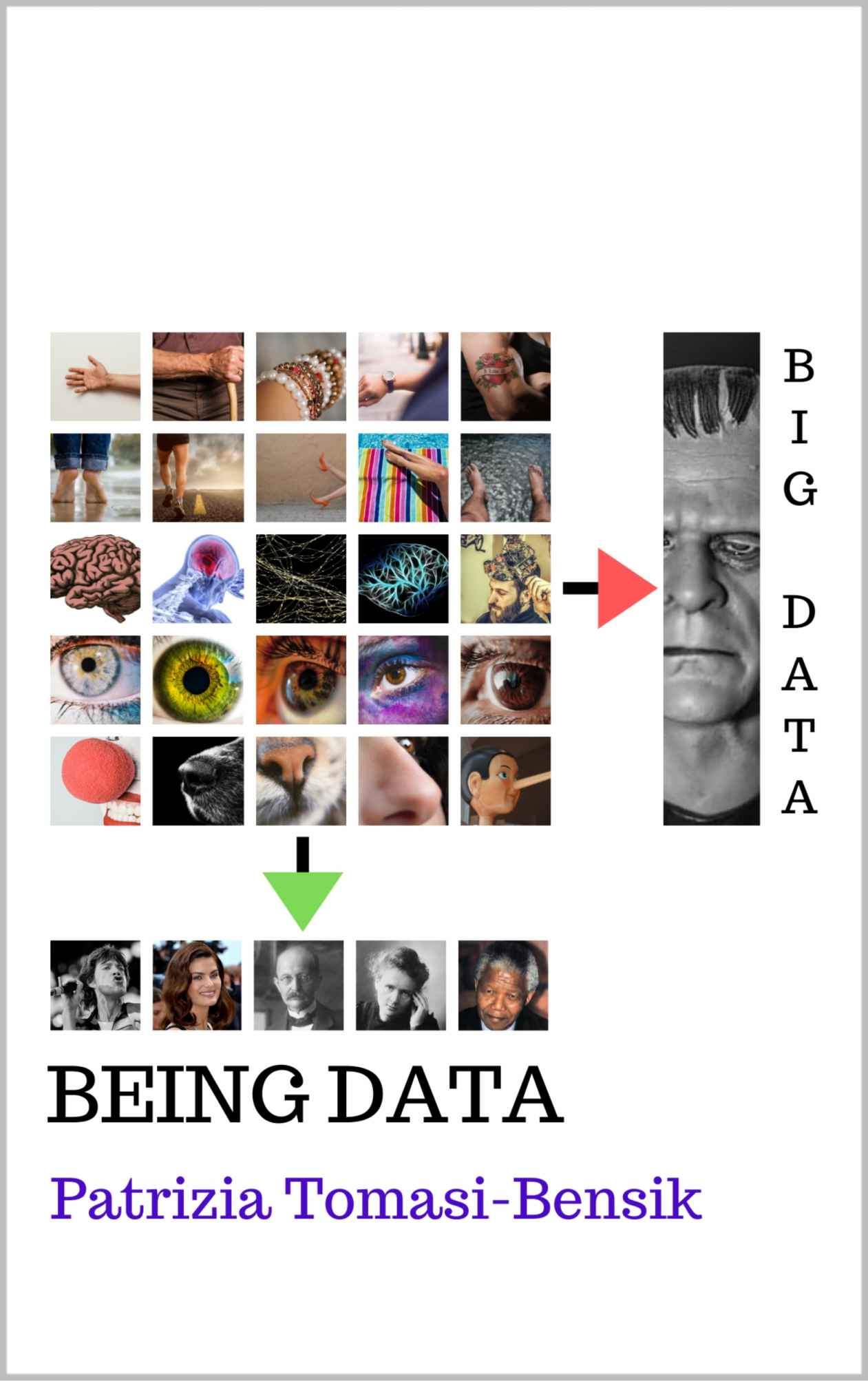Planck E PressCenter Articles
Superconduction at Room Temperature
Date published: 2023-08-04
Date modified: 2023-08-04
Reading time: 00:01:45

“The saddest aspect of life right now is that science
gathers knowledge faster than society gathers wisdom.”
Isaac Asimov
There are two holy grails in the history of science that seem close: nuclear fusion and room-temperature superconduction. Both depend heavily on the second of the four forces that form and sustain our Consensus, electromagnetism.
The Dutch physicist, Nobel laureate Heike Kamerlingh Onnes, studied the resistance of the metals mercury, tin, and lead, using liquid helium to achieve cryogenics.
It was already known that electrical resistivity decreases with decreasing temperature, and on April 8, 1911, Onnes observed that at a temperature of 4.2 K (-2690C), the resistance of mercury abruptly disappeared.
Fascinated, the scientist described the experience: Mercury entered a new state, which, because of its extraordinary electrical properties, can be called a superconducting state.
At room temperature, all materials have some electrical resistance. This resistance causes a portion of any energy output to be lost as heat. Most materials retain this property even when cooled to very low temperatures. However, some materials conduct direct current (DC) electricity without energy loss when cooled below a critical temperature. In the transition to the superconducting state, these materials release magnetic fields.
In 1957, the apparent miracle was scientifically explained when three physicists at the University of Illinois used quantum mechanics. They proposed that electrons, which normally repel each other due to their negative charges, form pairs when exposed to critical temperatures, and that this pairing is maintained by phonons, which are atomic vibrations. This allows the pairs to move through the material without resistance.
The lack of electrical resistance in superconducting wires means that they can withstand very high electrical currents, but above a "critical current," the electron pairs break, and the superconductivity is destroyed.
In 1986, scientists discovered a new class of copper oxide materials that exhibited superconductivity at much higher temperatures than metals and metal alloys at the beginning of the century. These materials are known as high-temperature superconductors. Relatively speaking, high temperature in the case of these superconductors is something like -1960C.
On August 1, 2023, the Huazhong University of Science and Technology in China released a video of what could be a sample of the fantastic material LK-99 floating above a magnet in different orientations relative to the magnet itself. And it makes all the difference.
A paramagnetic material can float in a strong enough field, but it always returns to a specific orientation, just like a compass needle. On the other hand, superconductors are perfect diamagnets, eliminating all magnetic fields.
Still, genius propositions need genius proof. Let's root for it.
Recent Presscenter Articles
-
The Parametrization of Science
-
A Scientific Impossibility
-
The Unsustainable Stability of the Atom
-
The Bell-Curve and the Neutron
Planck E - Books
For further information about Planck E PressCenter, please contact us.
Divulging ingenious solutions
The mission of the Planck E PressCenter is to promote ideas, products and theories that have not yet reached the mainstream, as captured in our first release Eccentrics and their Ingenious Solutions.
Newsletter
Sign up for our weekly Planck E Newsletter, complete with the latest ingenious solutions.
Click here for the signup form.
Submit your ingenious solution
We encourage you to submit your ingenious solution, article, press release or "out of the mainstream" technical idea for publication on the Planck E PressCenter. Please send us an e-mail to presscenter@planck-e.com and enquire how.
To learn more about holistic engineering, solutions inspired by nature, monetization of diseconomies, training courses or the incorporation of Being Data to your day-to-day, please follow us on the social networks.



